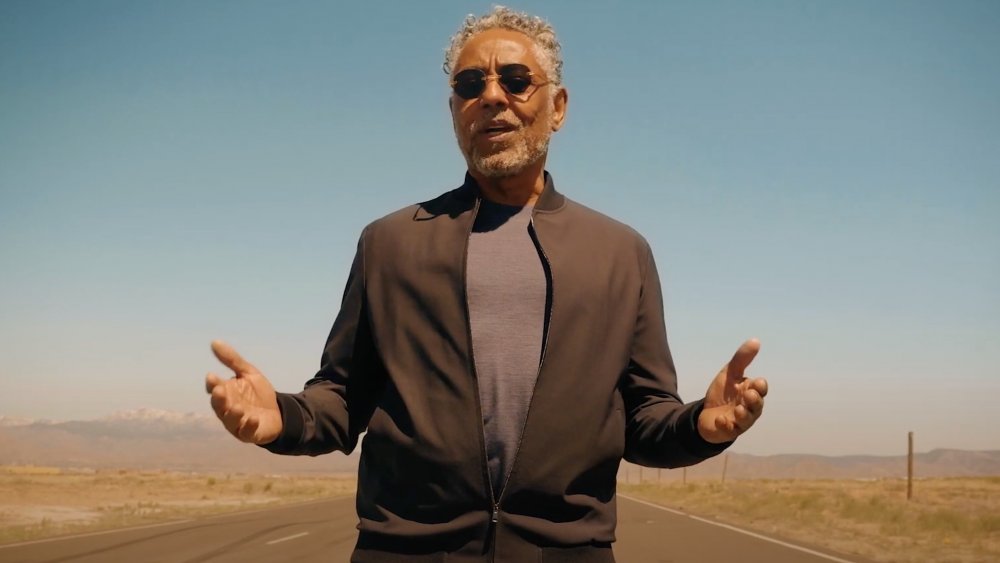Why Breaking Bad And Better Call Saul Fans Will Love The Broken And The Bad
Almost from the moment it debuted in 2008, AMC's landmark crime drama Breaking Bad was revered as one of the most enthralling series on television. In the years since it aired its agonizing series finale, Breaking Bad has only grown in esteem, and is now viewed not only as one of the greatest TV shows ever produced, but one of the few that got its finale more or less right.
Perhaps more surprising than Breaking Bad's enduring small screen legacy is the fact that the New Mexico-set meth drama has unexpectedly birthed a pseudo-spin-off universe. It did so first in the guise of the Bob Odenkirk-starring prequel series Better Call Saul, which made its AMC debut in 2015, and 2019's electrifying Netflix film El Camino, which detailed what happened to Jesse Pinkman (Aaron Paul) in the wake of that pulse-pounding Breaking Bad series finale. Given that Breaking Bad has been off the air for close to a decade now, and that Better Call Saul is heading into its final season on AMC, fans of television's most unexpected extended universe are starting to wonder where they'll be able to get their next Breaking Bad fix.
It seems AMC is out to stave off those suffering from withdrawal shakes with a bracing six-part documentary series called The Broken and the Bad. Set to release on AMC.com on July 9, 2020, The Broken and the Bad should prove an utter delight to even the staunchest fans of the Vince Gilligan-created universe as it seeks to explore "how far from fiction" the world of Breaking Bad really is. It will do so by giving viewers an in-depth look at the real-world machinations driving the meth-infused criminal underworld in New Mexico and beyond.
The Broken and the Bad is also hosted by a beloved Breaking Bad alum
If the prospect of exploring real-life stories in the same vein as the complex, often terrifying narratives seen in Breaking Bad and Better Call Saul isn't enough to get you over to AMC.com to check out The Broken and the Bad, there's little question the shiny new trailer which just dropped via the official Breaking Bad Twitter account will. That's because fans of both series will find a very familiar face front and center for the duration.
The face in question belongs to the one and only Giancarlo Esposito, the very man who has portrayed with icily impassioned resolve the infamous drug lord and fast food chicken magnate we came to know and love as Gustavo Fring in both Breaking Bad and Better Call Saul. AMC brass wisely tapped the Breaking Bad fan fave to host all six episodes of their new docu-series. And from the looks of things, Mr. Esposito is right at home in the wilds of New Mexico, playing the part of host for The Broken and the Bad.
Esposito's latest role comes as Better Call Saul is between seasons, and as post-production on season 2 of The Mandalorian (in which he plays the mysterious Moff Gideon) chugs along toward its fall 2020 Disney+ premiere. While we already know Esposito's role in Better Call Saul will only grow in that series' upcoming final season, less is known of his role in season 2 of The Mandalorian. Given the events of the first season finale, though, it's safe to assume his Moff Gideon will be more of a presence moving forward.
Whatever the case, it's really just nice to see Esposito stepping into the role of host on a docu-series that should only bolster the already robust lore of the series which arguably made him a star.
